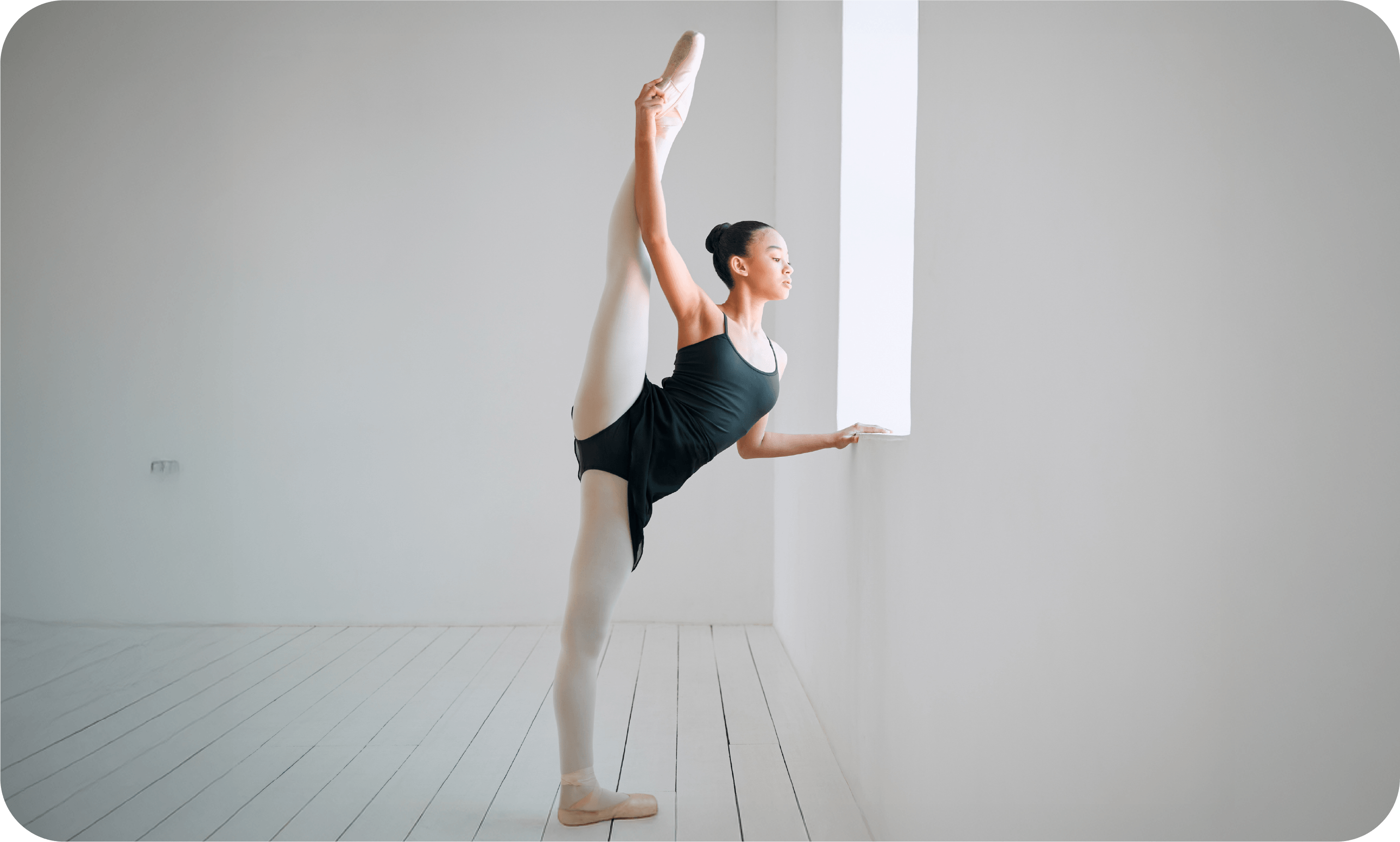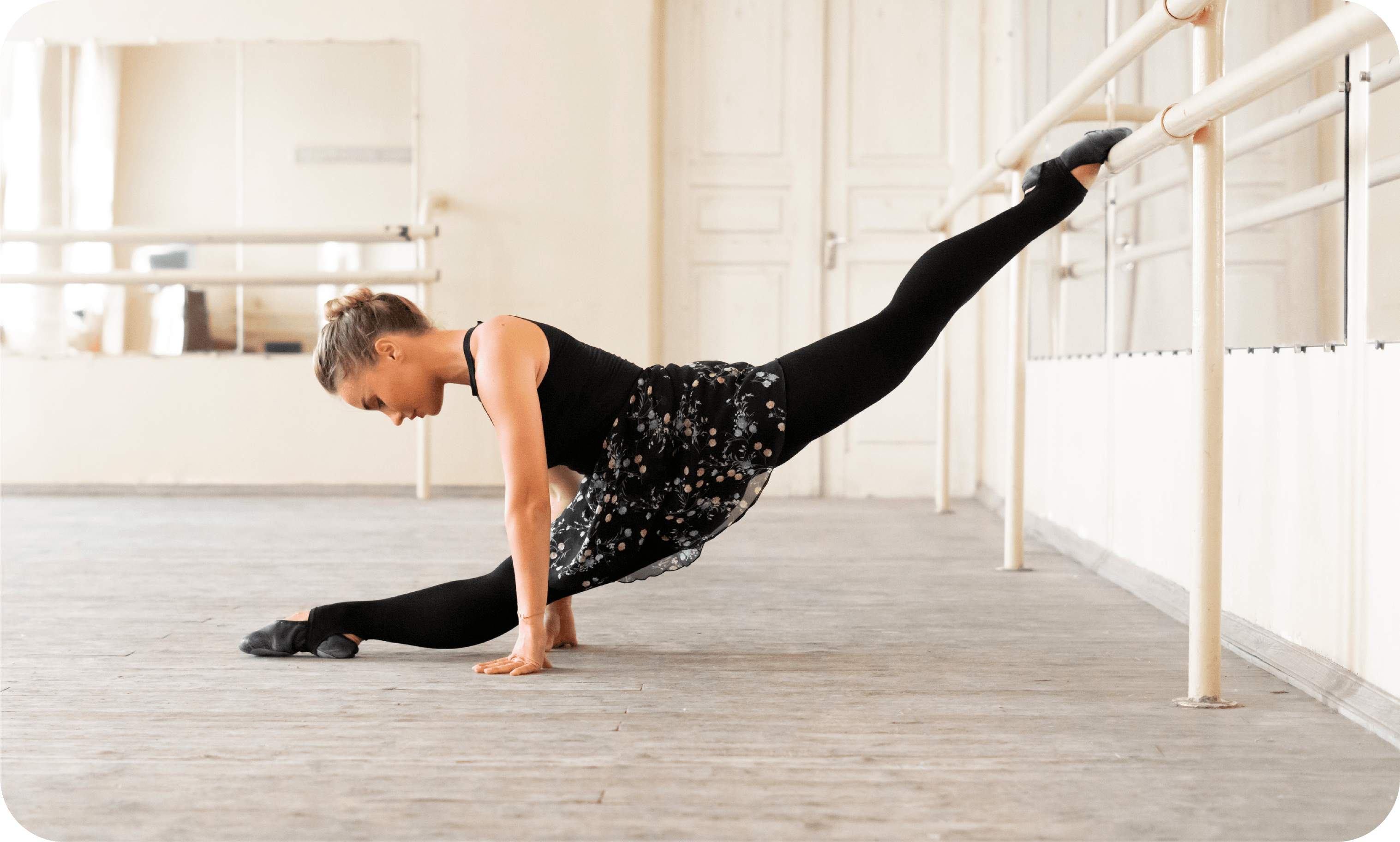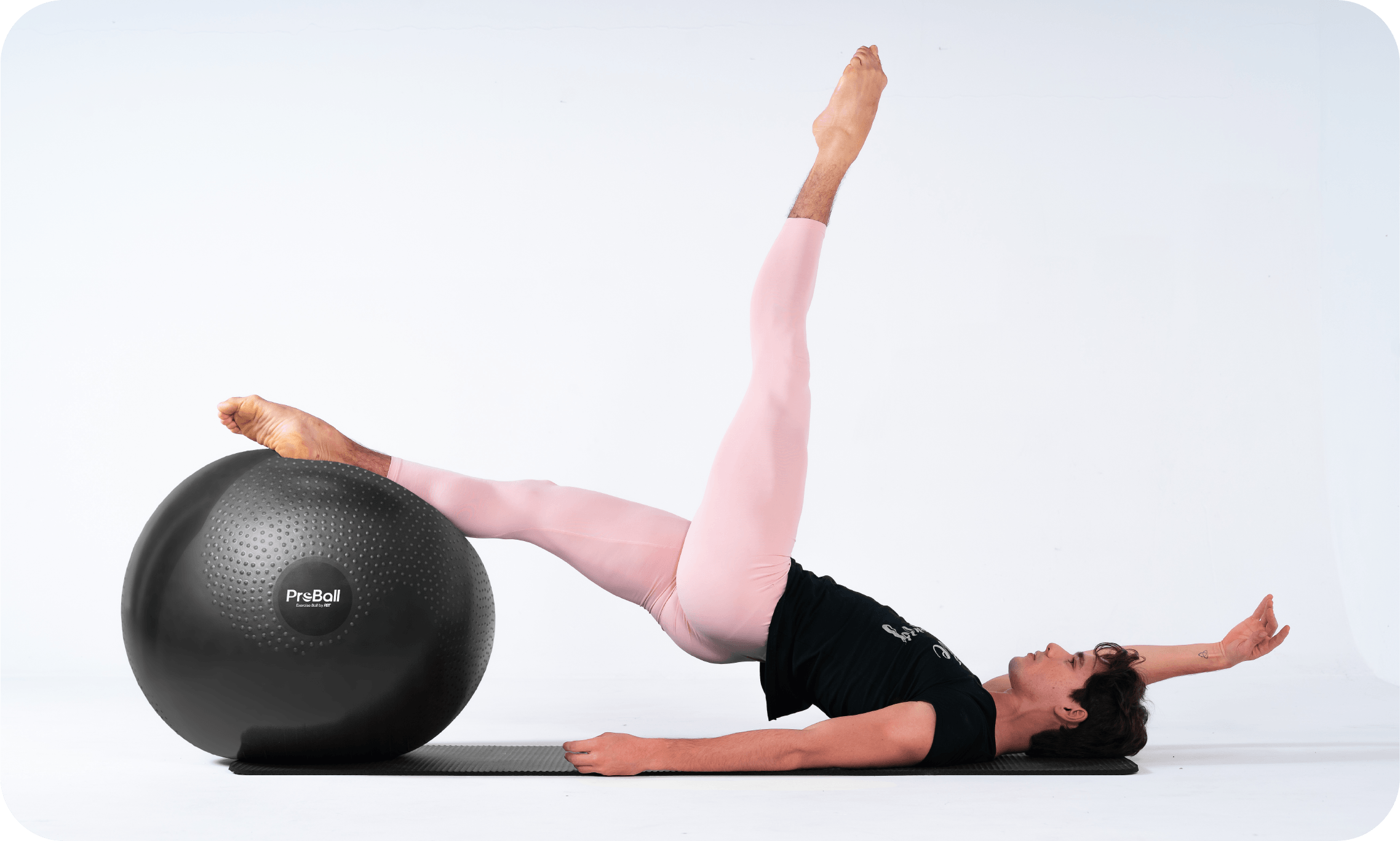Hyperextension in Dance
Hyperextended Legs, super-arched feet, and bendy backs now sweep the ranks of prestigious ballet companies globally. Once an extreme aesthetic, hyperextension has, in many cases, become a prerequisite for acceptance into the world’s most renowned ballet schools and companies. Today, in pursuit of the perfect ballet body, more and more dancers are pushing their joints to extremes.
Whilst the relentless pursuit of perfection may help dancer’s achieve that exquisite leg line, training of this nature is not sustainable and is often at the expense of the dancer’s health. Despite these concerns, choreographies are becoming more demanding and choreographers, more daring. Certainly, it doesn’t look like the ballet world is going to shift anytime soon…
This is where PBT comes in… we help dancers optimise their physicality without sacrificing their health. By providing dancers with the tools and expertise they require to effectively and efficiently strengthen and prepare their bodies for class, rehearsal and performance, we proudly take a proactive role in protecting the artist as well as the art form.
The History of Hyperextension

Although it has become hugely desirable in the modern ballet sphere, hyperextension in dancers did not become popular until the late 18th century owing mainly to a series of costume and choreographic reforms. By the time icons like Sylvie Guillem graced the stage, the elaborate, restrictive garb of the 17th century had been replaced by a Grecian tunic, affording artists greater freedom of movement and choreographers, a new world of possibilities. Once limited to showcasing fast foot-work, dancers could now exploit their flexibility, unlocking new heights for their legs and their careers.
Is Hyperextension Good for Ballet?

Hyperextension simply refers to a joint going beyond its normal range and most commonly affects the knees. In ballet, it is deemed desirable as it elongates the leg line and affords the dancer a greater range of motion. The increased mobility of the joints provides the dancer with the flexibility required to sustain high extensions and perform pointe work. The notion that hyperextension is good for ballet or a prerequisite for dancing has been propagated by the rising popularity of extremely hypermobile dancers including: Svetlana Zakharova, Natalia Osipova and Iana Salenko. Their social media presence coupled with their industry success has allowed them to reach an audience beyond the stage, one whose impression of the ‘ideal’ ballet body is heavily influenced by the media they consume.
However, hyperextension is not without its challenges. Although beautiful, many dancers may struggle to grasp the concept of being on their leg or finding their axis when they turn. This is because hyperextended knees are not straight and therefore are not aligned with the hips. To find their centre of gravity, dancers will need to shift their weight forward, over the ball of the foot. On pointe, this shift is particularly significant and many dancers may neglect to fully put their heels down in jumps or turns for fear of losing their alignment.
Is Hyperextension Safe?

Unfortunately, there is a strong correlation between hyperextension and injuries amongst dancers with the most common being damage to the PCL. Sitting deep within the joint, forming a protective cross shape over the knee together with the ACL, the posterior cruciate ligament plays an important role in ensuring knee stability and controlling the lower leg. When the knees lock back into hyperextension, the PCL is overloaded, making it vulnerable to strains and in more severe cases, tears. A combination of repetitive stress, joint laxity and incorrect alignment will weaken the structures in the knee and lower leg, increasing the likelihood of injury.
Dancers should be discouraged from pushing back into the knee as this will inhibits the quadriceps, forcing the posterior chain to overcompensate. Consequent postural deviations are likely to cause weaknesses, instability and misalignment in the pelvis, spine and ankles.
Strengthening for Hyperextension

When managed correctly and trained sufficiently, hyperextension can be a huge asset for dancers. Progressing Ballet Technique (PBT) equips dancers with the strength and know-how needed to condition their bodies and prevent injury.
Realising the importance of complementary training, PBT’s founder, Marie Walton-Mahon OAM, has developed a series of structured classes and exercises designed to help dancers strengthen their core, improve their balance and enhance their alignment. Through focused technique classes, dancers will strengthen the muscles surrounding their joints whilst deepening their awareness of muscular activation and pelvic stability. Throughout the classes, dancers will be given corrective cues to support them in engaging their muscles, correcting their alignment and increasing their flexibility without compromising postural integrity. Specialized equipment such as the ProBall, mini-loop band and fusion ball will help dancers improve their proprioception, ensuring they have the stability, strength and technical proficiency required to safely and effectively progress in their ballet education.
Takeaways:
A ballet dancer is not made great because they are hyperextended. Their movements may be more aesthetically pleasing yes, but ballet is about more than just looks; it is about expression, artistry and connection. Dancers who are not naturally hyperextended should not attempt to manipulate their skeleton to become so as this could severely damage their joints. Equally, dancers who are hyperextended should not feel concerned or burdened by their natural physical makeup but instead look to harness the potential offered by their hypermobility through structured and progressive training.
Sign up to our newsletter
Receive tips, news, and advice.